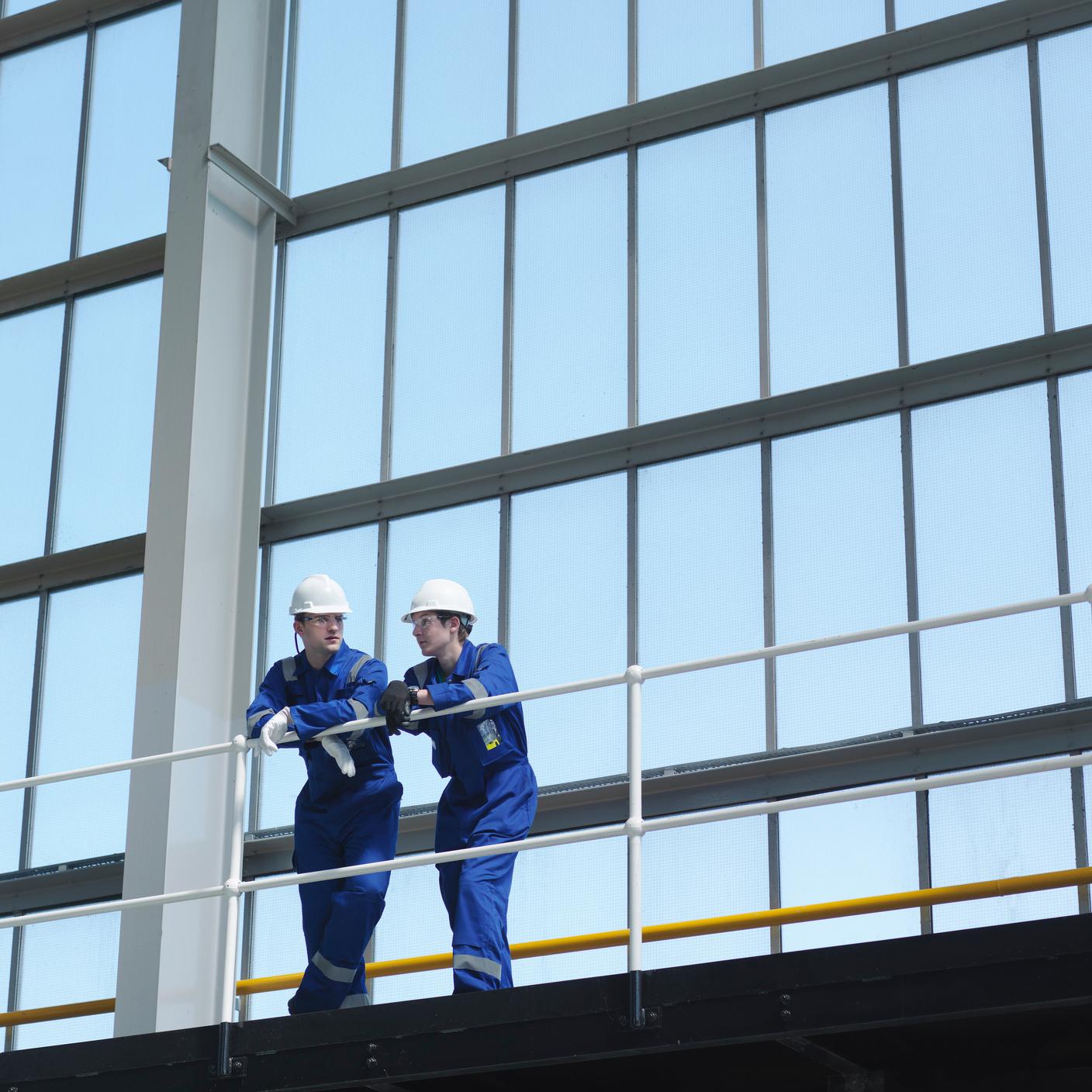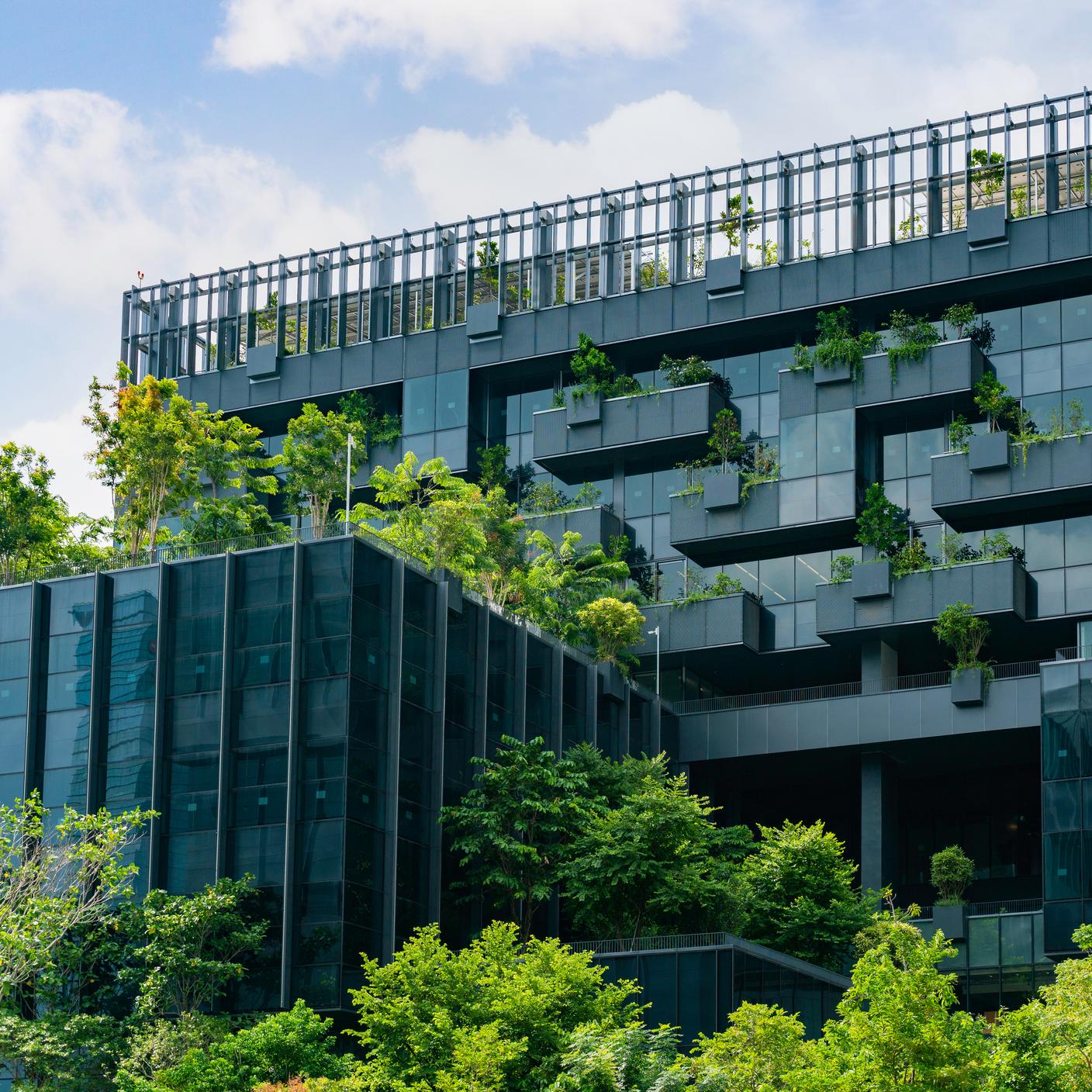Introduction
Circular Economy has become even more important over the last decade due to increasing awareness of environmental concerns and resource scarcity. Stakeholders in the built environment are investing capital to develop both more sustainable products and more circular construction processes.
Several strategies, such as the 4R framework of reduce, reuse, recycle, and recover, have been extensively discussed in the scientific literature on the circular economy.
The Importance and Implementation of Circular Economy in Construction
Policies worldwide recognise the urgent need for mitigation actions in the built environment to reduce GHG emissions, combat climate change, and address resource depletion. There is a particular focus on adopting a circular economy approach to ensure the sustainable use of construction materials/products and the wider acceptance of secondary raw materials recovered from end-of-life products (e.g., waste bricks, plastic, and other demolition waste) integrated into new high-performing engineering products, i.e., valorisation of waste concept.
Despite the secondary raw materials market potential, the reintroduction of construction and demolition waste into the built environment, as added value products, i.e., up-cycling, is still hindered by many barriers, such as cost, time, logistics, H&S regulations, and technical performance.
In the quest for sustainability, the combination of modern methods of construction (pre-manufacturing Categories 1, 2, 3, and 5 of the MMC definition framework) and circular economy principles offers a promising pathway towards a greener future. Volumetric and panelised construction inherently promotes resource efficiency by prefabricating building components in controlled factory settings.
This approach minimises material waste by utilising resources more efficiently than traditional on-site construction methods. Additionally, volumetric, and panelised buildings can be designed and constructed to accommodate changes in use or function over time. By extending the lifespan of buildings and components, volumetric and panelised construction contributes to a more sustainable built environment.
Circular Economy and Sustainable Construction Practices
Circular economy is an economic system that is based on business models which replace the end-of-life (EoL) concept with reducing, alternatively reusing, recycling, and recovering materials in production/distribution and consumption process. Volumetric and panelised construction aligns well with the 4R framework by enabling component reuse, remanufacturing, and material recovery at the end of the building's life cycle.
Effective EoL management strategies are essential for sustainable volumetric and panelised construction. These strategies include designing for disassembly (DfD), implementing material recovery processes, and promoting component reuse or repurposing.
The key to success here would be the development of standards for deconstruction, recycling, and refurbishment of volumetric and panelised building components.
Moreover, designing volumetric and panelised buildings for disassembly and reuse is crucial. This involves incorporating design principles that facilitate easy dismantling, modularity, and component standardisation. Essentially creating products with the aim of minimising the loss of value at the end of their life cycle.
In the context of Life Cycle Assessment (LCA), this design principle results in materials that follow a "cradle-to-cradle" approach. This concept of DfD is increasingly being incorporated into standards and design guidance documents as part of a broader strategy known as Design for Recovery (DfR), which aims to ensure the recovery and circular use of materials. Examples of how this concept is being applied can already be observed in various industries, such as automotive, where policy changes are driving rapid adoption.
Challenges regarding component reuse include issues such as quality, demand, consumer preferences, and know how. There is uncertainty surrounding the quantity and quality of used products and components. For instance, a client may require twenty doors in excellent condition, but the inconsistent quality and uncertain availability from unreliable vendors of salvaged components discourages them from opting for these materials, leading them to invest in new doors despite the higher costs.
To address this, the establishment of large storage yards is suggested as a partial solution to ensure a stable supply, as DfD facilitates deconstruction and opens new market opportunities.
By integrating circular economy principles and volumetric and panelised construction techniques, the built environment can promote environmentally friendly practices throughout the life cycle of buildings and infrastructure.
Additionally, it is worth noting that standards can play a significant role in helping organisations as they shift towards a more sustainable future. They lead the charge in environmental management, assisting businesses in conserving energy, saving money, and protecting the environment.
Standards and Frameworks for Achieving Net Zero
In January 2023, Chris Skidmore, former energy minister, released an Independent Net Zero Review titled 'Mission Zero', which outlined 129 recommendations to fulfil net zero commitments and capitalise on opportunities in the green economy.
Among the significant recommendations are the establishment of a Net Zero Homes Standard, the introduction of a Net Zero Charter to standardise approaches and eco-labelling, and the updating of standards to better align with government policies. These updates aim to ensure fairness in terms of net zero transition plans, taxonomy, greenwashing, and stewardship.
BSI has been commended in the report for its leadership in developing standards for emerging technologies and its international collaboration on pioneering projects aimed at achieving net zero emissions. Standards not only expedite the adoption of innovation but also lend credibility to green assertions and drive transformative collective action.
They are key tools for navigating the net zero landscape, enabling organisations to showcase their sustainable credentials and reassure customers, employees, and stakeholders of their true dedication to sustainability. For instance, PAS2060 Carbon Neutrality provides a framework for entities to validate their claims of carbon neutrality, ensuring credibility, transparency, and accuracy.
Several available standards also reinforce credibility, trust, and verification of sustainable credentials, including ISO 14001 for Environmental Management, which demonstrates the reduction of resource usage, waste, increased recycling, and diminished landfill.
ISO 50001 for Energy Management Systems results in reduced energy costs, while UK Emissions Trading System Verification (UK ETS) verifies greenhouse gas emissions. PAS 2060, the Carbon Neutrality Standard and Certification, ensures net zero carbon emissions.
Collaboration for Circular Construction Innovation
Collaboration among industry stakeholders is essential to driving innovation and knowledge sharing in circular construction practices. Manufacturers, designers, policymakers, and standard-setting bodies can collaborate to develop and implement sustainable solutions.
Ongoing research, development, and case initiatives to share case studies can lead to successful implementations of circular economy principles in modular construction projects.
Conclusion
Overall, circular economy principles in volumetric and panelised construction strive to create a closed-loop system where materials are continuously reused, recycled, and repurposed, thereby minimising waste, conserving resources, and reducing environmental impact.








